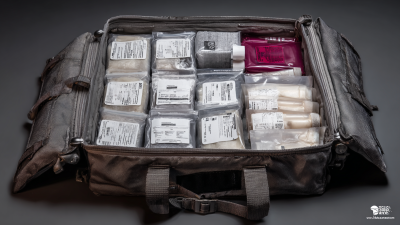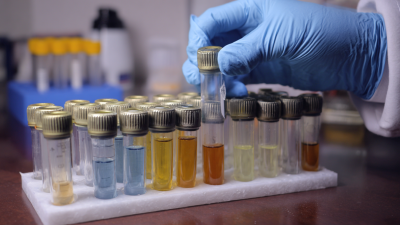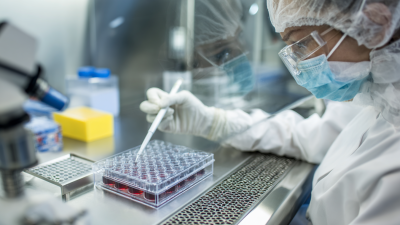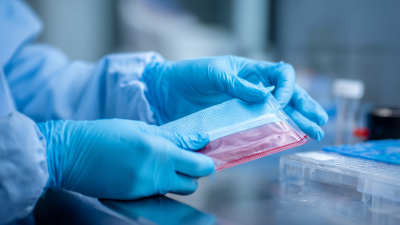 +86 178 5514 5298
+86 178 5514 5298
Leave Your Message
-
 CONTACT NUMBER
CONTACT NUMBER -
 CONTACT NUMBER
CONTACT NUMBER -
 CONTACT NUMBER
CONTACT NUMBER



In the fast-paced environment of clinical laboratories, the importance of reliable specimen transport cannot be overstated. According to a report by the Clinical Laboratory Standards Institute, improper specimen handling can lead to significant delays in diagnosis and treatment, impacting patient outcomes. The use of a 95kpa specimen transport bag has emerged as a best practice for ensuring the integrity of biological samples during transportation. These bags are designed to provide optimal protection against external contaminants while maintaining the necessary pressure during transport. Industry studies reveal that utilizing appropriate transport solutions can decrease specimen rejection rates by up to 30%, underscoring the critical role that best practices in specimen transport play in enhancing laboratory efficiency. This blog will explore the five essential best practices for using 95kpa specimen transport bags effectively in clinical laboratories, ensuring that labs deliver accurate and timely results.
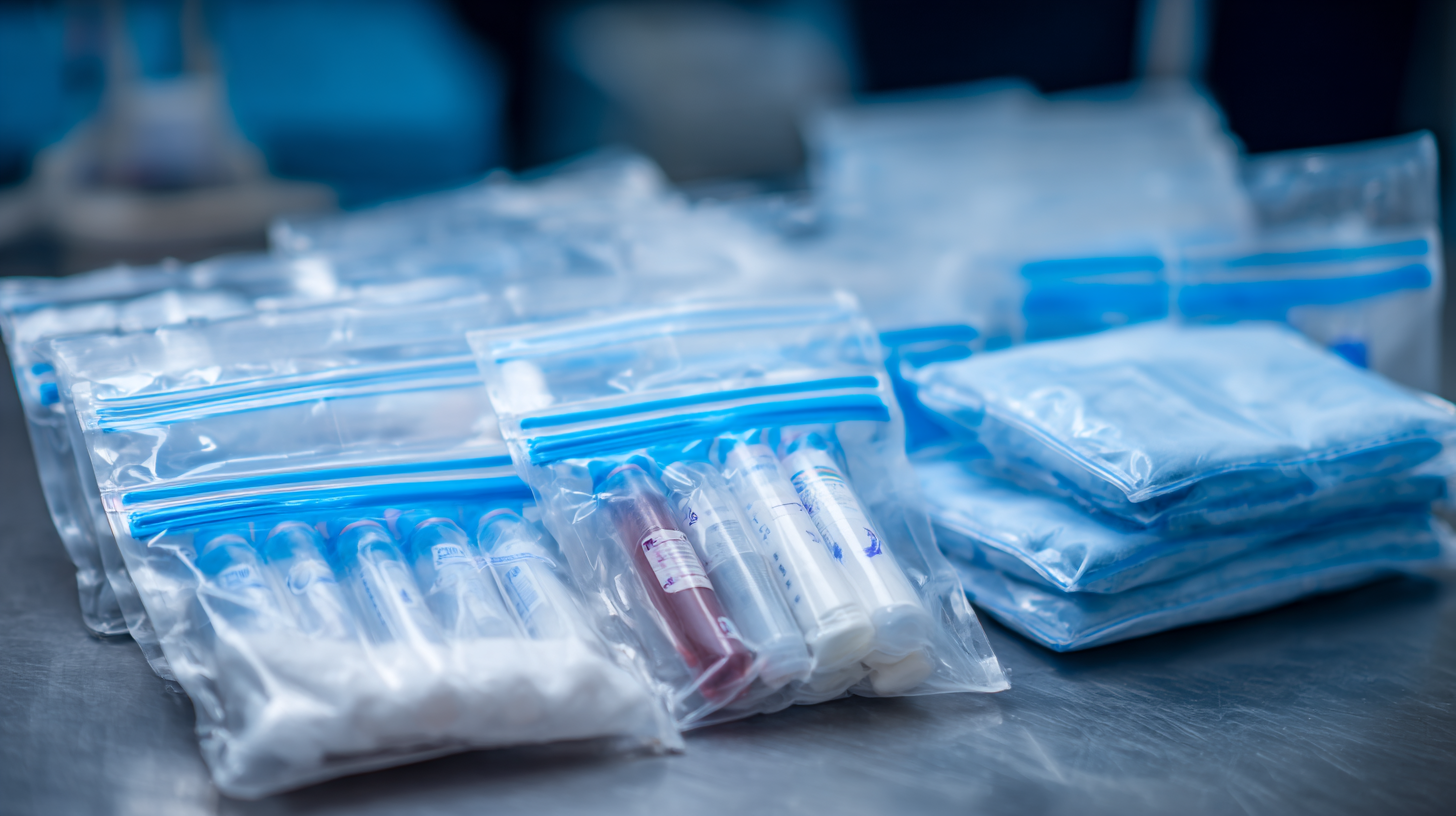
When it comes to ensuring specimen integrity in clinical laboratories, employing 95kPa transport bags is a vital step. These bags are specifically designed to maintain the necessary pressure and environment for biological samples, thus minimizing the risk of contamination or degradation during transit. To maximize their effectiveness, laboratories should adopt best practices that emphasize proper sealing techniques, appropriate temperature controls, and the use of labeling systems that include essential information about the specimen type and handling instructions.
Additionally, recent global discussions about transport practices highlight the importance of adopting a multimodal approach to specimen transportation. As seen in the recent Urban Mobility India Conference, the exchange of best practices across different sectors and countries can provide valuable insights into optimizing logistics. For example, integrating technology into transport operations—controlling temperature during transit or using real-time tracking systems—could further enhance the safety and reliability of specimen transport. As laboratories strive to provide accurate and timely results, ensuring the integrity of specimens through best practices with 95kPa transport bags will continue to be a top priority.
Proper sealing techniques are paramount in reducing contamination risks associated with the transport of specimens in clinical laboratories. According to a study published by the Clinical Laboratory Standards Institute (CLSI), approximately 30% of specimen rejections are attributed to inadequate sealing, leading to potential exposure to environmental pathogens and compromised sample integrity. Implementing reliable sealing methods not only preserves the quality of the specimens but also mitigates the risk of cross-contamination between different samples, especially when dealing with infectious materials.
Furthermore, the National Institute of Standards and Technology (NIST) emphasizes the importance of utilizing 95 kPa specimen transport bags equipped with strong seals that meet safety standards. Their research indicates that bags with a verified sealing effectiveness significantly decrease the risk of leaks and prevent contamination during transit. Healthcare professionals should prioritize the use of these bags, ensuring that seals are applied correctly and checked before transport. By adhering to these best practices, laboratories can enhance their safety protocols, ultimately leading to more accurate diagnostic outcomes.
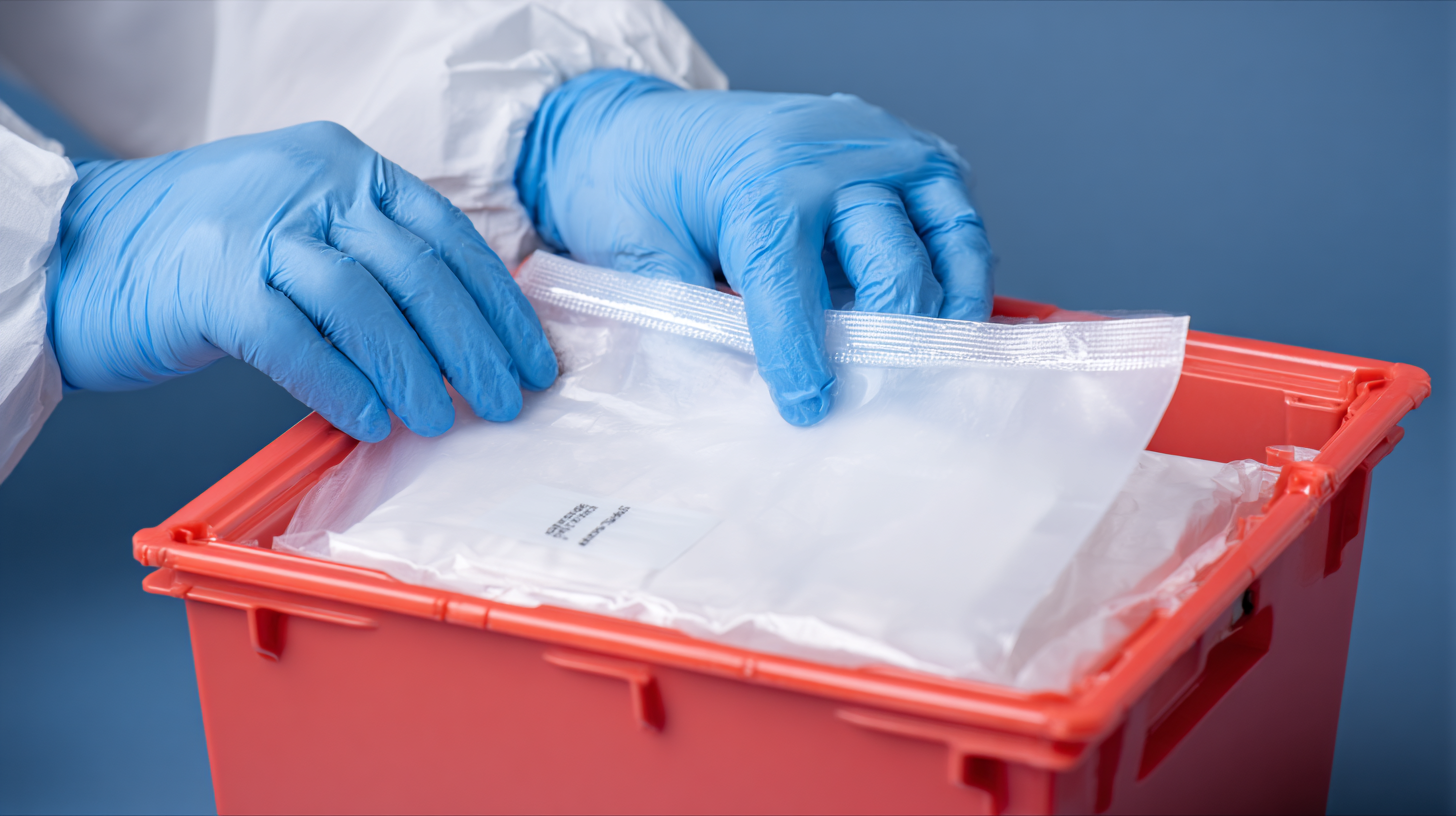 Temperature control is a critical factor in maintaining sample stability during transport, especially in clinical laboratories. When specimens are exposed to extreme temperatures, their integrity can be severely compromised, leading to inaccurate test results. Utilizing 95kpa specimen transport bags that are insulated or lined can mitigate such risks. These bags help maintain a consistent temperature, protecting the specimens from external environmental fluctuations.
Temperature control is a critical factor in maintaining sample stability during transport, especially in clinical laboratories. When specimens are exposed to extreme temperatures, their integrity can be severely compromised, leading to inaccurate test results. Utilizing 95kpa specimen transport bags that are insulated or lined can mitigate such risks. These bags help maintain a consistent temperature, protecting the specimens from external environmental fluctuations.
To enhance sample stability, it’s important to incorporate ice packs or thermal gel packs when transporting sensitive specimens. Ensure that the chosen temperature control method aligns with the specific requirements of the samples being transported. Additionally, it is advisable to label the bags clearly with temperature ranges to be maintained, so all personnel involved in handling the samples are aware of the necessary precautions.
Furthermore, regular training for laboratory staff on the importance of temperature control and the proper use of transport bags can significantly improve sample handling protocols. Implementing these practices will ultimately lead to higher quality results and increased reliability in clinical testing. Prioritizing temperature management during specimen transport represents a crucial step in ensuring the accuracy and reliability of laboratory analyses.
 Utilizing barcodes and tracking systems has become essential for enhancing specimen management in clinical laboratories. These technologies streamline the tracking of specimens from collection through analysis, ensuring accuracy and reducing the risk of errors. By implementing barcode systems, laboratories can easily identify and manage specimens with minimal manual input. This not only increases workflow efficiency but also improves compliance with regulatory standards.
Utilizing barcodes and tracking systems has become essential for enhancing specimen management in clinical laboratories. These technologies streamline the tracking of specimens from collection through analysis, ensuring accuracy and reducing the risk of errors. By implementing barcode systems, laboratories can easily identify and manage specimens with minimal manual input. This not only increases workflow efficiency but also improves compliance with regulatory standards.
Tip: Ensure every specimen is labeled with a unique barcode immediately upon collection. This practice facilitates real-time tracking and minimizes the chances of mix-ups, which is critical for maintaining sample integrity.
Moreover, the integration of advanced tracking systems, such as RFID technology, can further enhance management capabilities. These systems provide real-time data on the location and status of specimens, allowing for proactive monitoring and swift response to any issues that arise during the transport process.
Tip: Consider investing in a comprehensive tracking solution that combines barcodes and mobile scanning technology. This combination not only enhances data accuracy but also supports better inventory management in the laboratory, ensuring that all specimens are accounted for and correctly processed.
In the realm of clinical laboratories, compliance with regulatory standards is paramount, particularly when it comes to specimen transport. The use of 95kPa specimen transport bags plays a crucial role in ensuring that biological specimens are safely and efficiently transported while adhering to the strict guidelines set forth by health authorities. Understanding the standards for clinical specimen transport involves recognizing the importance of maintaining specimen integrity, minimizing contamination risk, and protecting laboratory personnel.
Regulatory bodies such as the Centers for Disease Control and Prevention (CDC) and the World Health Organization (WHO) establish clear criteria for specimen packaging and shipping. The 95kPa transport bags not only provide sufficient pressure resistance but also come equipped with features that prevent leaks and cross-contamination. These bags must be labeled correctly, and the contents should be appropriately classified to ensure that all personnel involved in transport are aware of the potential hazards. By following these best practices, laboratories can maintain compliance and ensure that specimens arrive at their destination in optimal condition, facilitating accurate diagnostics and effective patient care.
This chart illustrates the compliance rates for various best practices when using 95kpa specimen transport bags in clinical laboratories. Each practice contributes to the overall effectiveness and safety of specimen transport, ensuring regulatory standards are met.
